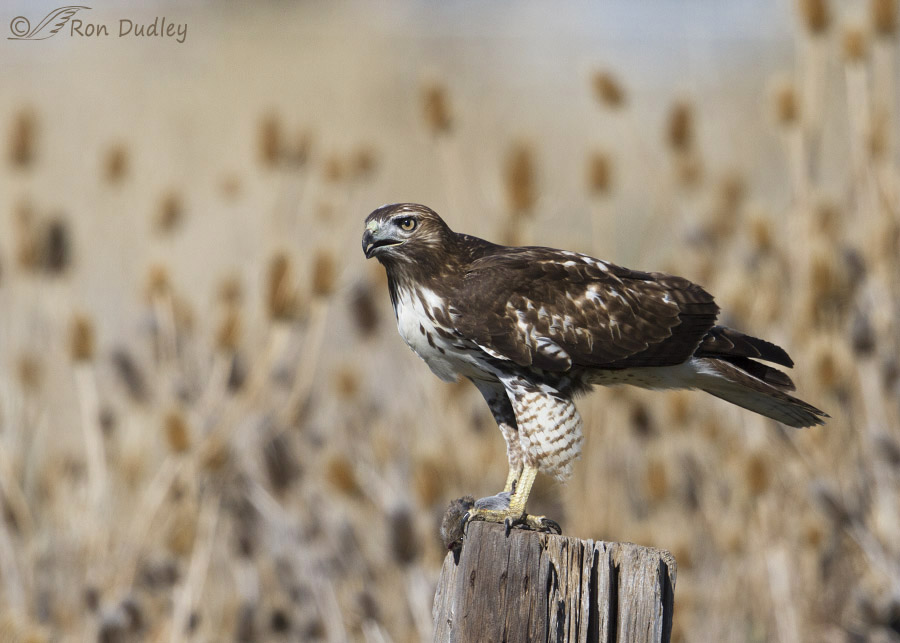Tag: scapulars
Fluffed Up Kestrel In Warm Light
Just a simple shot of a handsome little male American Kestrel this morning.
I’m still concerned about our kestrels this spring. I’m seeing fewer of them than usual for this time of year and hearing reports of a significant number of unused nest boxes and dead kestrels found in some of those boxes (apparent winter-kills).
A Good Look At The Feather Patterns Of A Prairie Falcon
Last month, this Prairie Falcon let me get very close to it on the causeway to Antelope Island. It was in early morning and the bird was in deep shade. It’s my impression that they feel less threatened in that kind of light and though it makes for very difficult photography, I’ll take the bird close in poor light, instead of a mile away in gorgeous light – any ol’ day of the week. 1/640, f/4.5, ISO 640, 500 f/4, natural light, not baited, set up or called in Previously, I’ve posted a different image of this bird but that one didn’t have the textures provided by the raised feathers that we see here. 1/800, f/4.5, ISO 640, 500 f/4, natural light, not baited, set up or called in When this bird decided it was time to leave it had a bit of a pleasant surprise for me. In this light and with this slow shutter speed I could never get the bird sharp as it took off but just before it launched, it spread its wings and held them there for a few seconds and it even glanced back enough for me to get some light in the eye. But what I like most about this image is the great look at the feather patterns on the left wing and back. Because of the spread wing and the lightly colored margins on each feather, those patterns are very clear and it is easy to delineate each plumage “group” – primaries, secondaries, primary coverts, greater coverts, median coverts, lesser coverts, alula, scapulars,…


